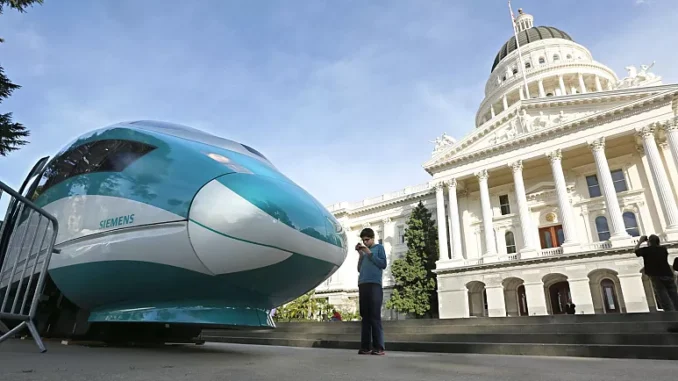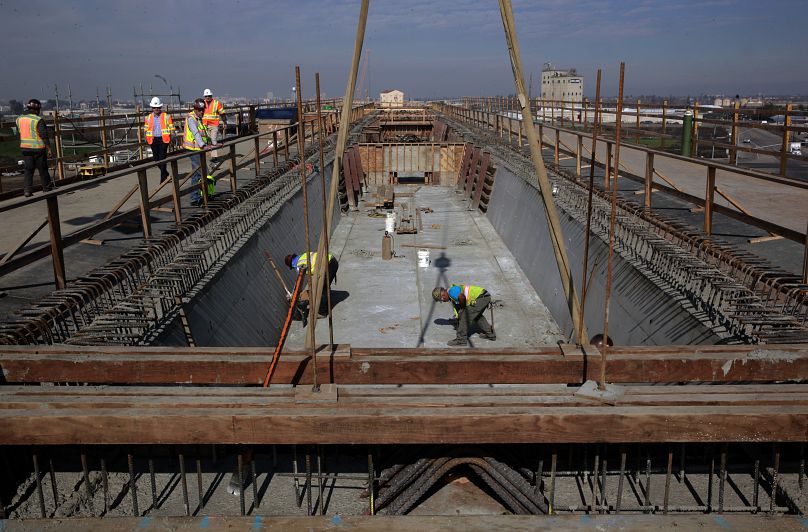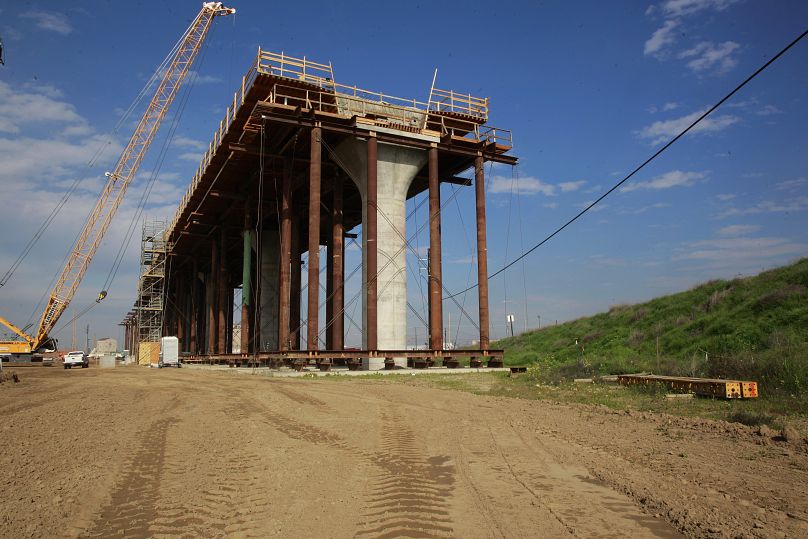
California’s long-awaited high speed train will be solar powered, according to the California High-Speed Rail Authority.
It’s been a rocky road so far for the California High-Speed Rail Authority’s promising new project.
This high speed train connecting 1287.5 kilometres of the state was called “a bullet train that is both one of the most expensive per mile and one of the slowest in the world” by Elon Musk.
It was to be the start of a revolutionary new transport system connecting the west coast of the US up to Vancouver in Canada. It would also go east to Las Vegas before eventually threading its way across the entire continent. The scheme was endorsed by Presidents Obama and Biden.
When approved in 2008, the project’s estimated price tag was $33 billion USD (€30 billion) and its scheduled opening date was 2020. In 2023, the system is nowhere near finished and has racked up $19.8 billion USD (approximately €18 billion) so far, with a total estimated bill of $128 billion USD (€116 billion).
Last month however, 15 years after its initial approval, the California High-Speed Rail Authority announced that the new system would now be fully solar-powered, leaning into its initial promise as an environmentally friendly alternative to highways and flights.
How much power does the train need?
To power this behemoth of a train, 44 megawatts of energy, theoretically generated by 552 acres of solar panels will be required. On board batteries will aim to store 62 megawatt hours of power.
Much of this energy will be used simply to propel the train, which is estimated to reach top speeds of approximately 354 km/h. However, a large proportion will also be required to help the vehicle manage the intense Californian climate and to keep moving if local utilities fail.
According to Margaret Cederoth, the authority’s director of planning and sustainability, they are currently in talks with various energy suppliers in an attempt to secure a $200 million USD (€181 million) utility-scale system which they will own and operate.





